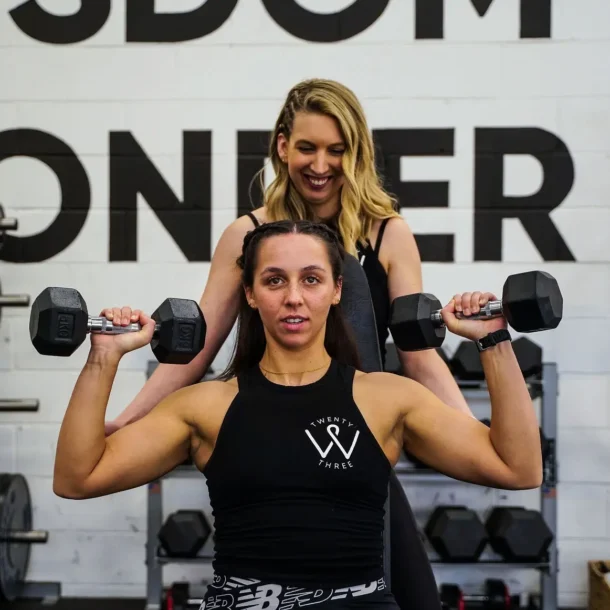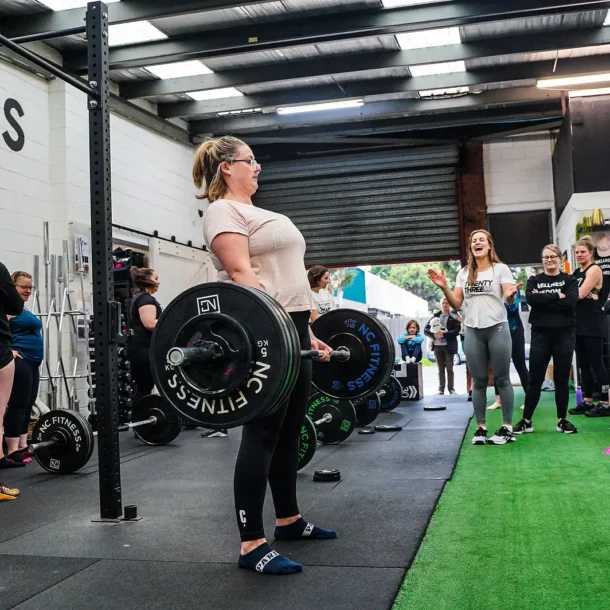
As a mum of two who has navigated the challenging waters of postpartum recovery not once, but twice, I’ve learned a thing or two about the journey back to strength and function—particularly when it comes to abdominal separation, or diastasis recti (DR).
My own experience with DR, coupled with the knowledge I’ve gained, compels me to share what I believe are five critical insights for anyone facing this condition. This is more than just advice; it’s a call to action for understanding, patience, and the right support to reclaim your body’s integrity and functionality.

First and foremost, it’s vital to recognize that abdominal separation is a near-universal experience for pregnant women. By the time they reach full term, 100% of women will have some form of ab separation. This fact alone was a revelation to me, making me feel less isolated in my journey. Knowing that this was a shared experience helped me approach my recovery with a sense of community and understanding. Also, there are no ‘gold’ stickers if you emerge postpartum with ‘no ab separation’.
Recovery from DR is not a one-size-fits-all process. Whether ab separation is still present 6 weeks or longer post-birth, the approach to healing should be the same. The focus should be on relearning how to brace your core, maintain a neutral spine, strengthen the lower transverse abdominals, and gradually progress in your abdominal workouts. It’s crucial to avoid exercises that cause doming, pressure outwards, or pain in your back, as these can exacerbate the separation. My personal journey underscored the importance of patience and the need to listen to my body, taking it one step at a time.
My experience and professional insight as someone who has assessed hundreds of cases of DR have taught me that not all abdominal separations are the same. They can vary widely—being wide, narrow, squishy, firm, high, or low—and each type requires a unique approach to rehabilitation. This diversity is why generic programs promising quick fixes should be approached with caution. Personalisation in recovery is key.
One of the most crucial lessons I’ve learned is that repairing the gap in the abdominals is less important than restoring function. The integrity and strength of your core are what will truly impact your quality of life, allowing you to return to your daily activities and enjoy playing with your children without fear of injury or discomfort.
Interestingly, you can perform a simple self-check to gauge the state of your DR by lying on your back, performing a crunch, and feeling for the midline of your abdominal muscles. However, while self-assessment is valuable, the guidance and expertise of a trained coach or physiotherapist specialised in DR cannot be overstated. Working with someone who understands the nuances of DR and has a track record of helping others can make all the difference in your recovery. They can tailor a program to your specific needs, ensuring you progress safely and effectively.
As a mum who has lived through the ups and downs of postpartum recovery and as a professional who has dedicated herself to helping others navigate this journey, I strongly encourage anyone dealing with abdominal separation to seek out specialised support. Whether through a trained coach or a physiotherapist with specific skills in DR rehabilitation, the right support can transform your recovery process.
Remember, every journey to recovery is unique, but you don’t have to walk it alone. With the right knowledge, patience, and professional guidance, reclaiming your body’s strength and function postpartum is not just possible—it’s within reach.






